Outer Space & Universe
Outer Space & Universe
Space, also known as outer space, is the near-vacuum between celestial bodies. It is where everything (all of the planets, stars, galaxies and other objects) is found.
On Earth, space begins at the Kármán line (100 km above sea level). This is where Earth's atmosphere is said to stop and outer space begins. This is not a firm boundary but is a convention used by scientists and diplomats.
Items in space are free to move back and forth; up and down; and left and right. These three dimensions are what make 3D space. Items also move forward through time, which is sometimes called the fourth dimension.
The majority of space contains very little matter and so most of it is a vacuum. Scientists do not know how big space is but we do know that space is extremely big, and is always expanding.
According to the big bang theory, all matter and energy in the Universe was compressed into a very small space. Then it exploded and started expanding. Space is still growing in size today; this means the distance from one galaxy to distant galaxies is getting longer.
Gravity is the force that keeps the Moon in orbit around the Earth and the planets in orbit around the Sun. Gravity can stretch and bend space similar to how a heavy ball placed on a stretched sheet of rubber will cause the rubber to stretch. The scientist who discovered that space can bend is named Albert Einstein. How gravity bends space is part of his theory of general relativity.
Astronauts, Cosmonauts, Taikonauts and Spationauts
An astronaut is any person who is trained by NASA to travel and perform tasks in space. Although the space traveler may not necessarily be a United States citizen, each astronaut does go through a rigorous training regiment by the National Aeronautics and Space Administration. Other space travelers go by other names then astronaut depending on their country of origin.
In the United States, astronaut is derived from the Greek words ástron (star) and nautis (sailor). While, in Russia, a space traveler goes by the name космонавт (English: cosmonaut), which is derived from the Greek words kosmos (universe) and nautis (sailor). Westerners call a space traveler from China a taikonaut, based on the 1998 writings of Chiew Lee Yik and Chen Lan where the term tàikōng (great emptiness), Chinese for “space”. In China, the term yuháng yuán (universe navigator) is used for space traveler.
Only the United States of America (United States), Russia (earlier, the Union of Soviet Socialist Republics), and the People’s Republic of China (China) have sent manned spacecraft into space. Other countries have assisted these countries by sending their own space travelers on space missions. For instance, a French space traveler is called a spationaut (from the French word spationaute), which is derived from the Latin spatium (space) and Greek nautis (sailor). (plural in Greek nautes = sailors)
-
00:16

Hubble Observes the Total Lunar Eclipse (Artist’s Impression)
Added 287 Views / 0 LikesTaking advantage of a total lunar eclipse in January 2019, astronomers using the NASA/ESA Hubble Space Telescope have measured the amount of ozone in Earth’s atmosphere. This method serves as a proxy for how they will observe earthlike planets around othe
-
04:11
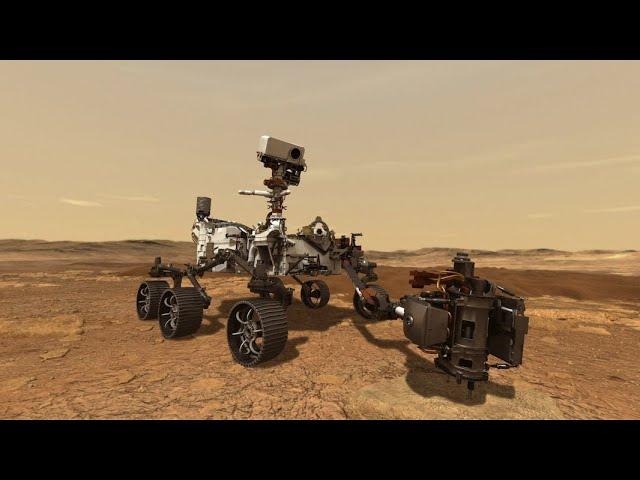
NASA's Mars Perseverance rover - Peek under the hood
Added 305 Views / 0 LikesNASA Jet Propulsion Laboratory's deputy project manager Jennifer Trosper explains some of the differences between Curiosity and Perseverance. Also, see the miles of wiring under the hood of the new Mars rover. -- Perseverance rover will use some of the be
-
03:41

5.7 Earthquake Alaska, 5.1 Earthquake North Carolina & C Class Solar Flare
Added 318 Views / 0 Likes2020 keeps on getting 2020ier.God Bless everyone,T LEWISON5430 BIRDWOOD RD. #416HOUSTON TEXAS 77096https://www.paypal.me/THORnewshttps://venmo.com/TEric-Lewison$THORnews on CashApphttps://www.patreon.com/thornews
-
09:37
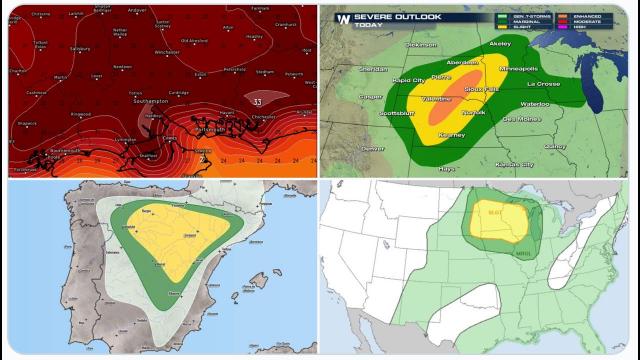
Europe Heatwave & Severe Storm! Severe Weather for USA! MONSTER Hurricane Season signs August 20+
Added 338 Views / 0 LikesEvery sign and signal points to a possible record Hurricane season starting around August 20th 2020. God bless everyone,T LEWISON5430 BIRDWOOD RD. #416HOUSTON TEXAS 77096https://www.paypal.me/THORnewshttps://venmo.com/TEric-Lewison$THORnews on CashApphttp
-
02:59
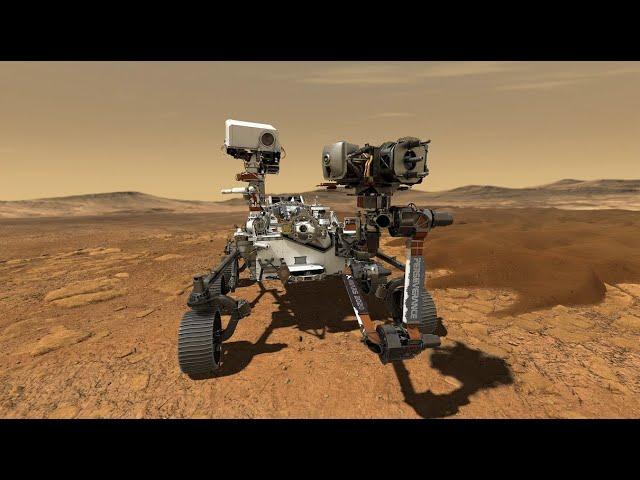
How will NASA's Perseverance rover search for signs of life on Mars?
Added 290 Views / 0 LikesNASA's Mars 2020 Perseverance rover has a suite of instruments that will search for "signs of ancient life: in the Red Planet's Jezero Crater. Credit: NASA/JPL-Caltech
-
05:21
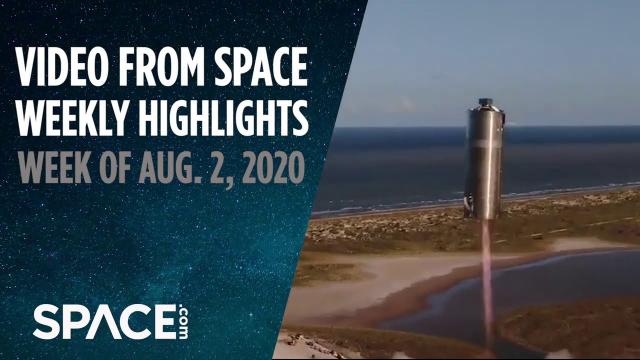
Video from Space - Weekly Highlights: Week of Aug. 2, 2020
Added 247 Views / 0 LikesVideos featured: SpaceX Demo-2 mission splashed down off the coast of Pensacola, Florida, Hurricane/Tropical Storm Isaias was captured from space, SpaceX Starship SN5 prototype took its first hop, China launched the Gaofen-9 04 satellite and SpaceX launch
-
05:28
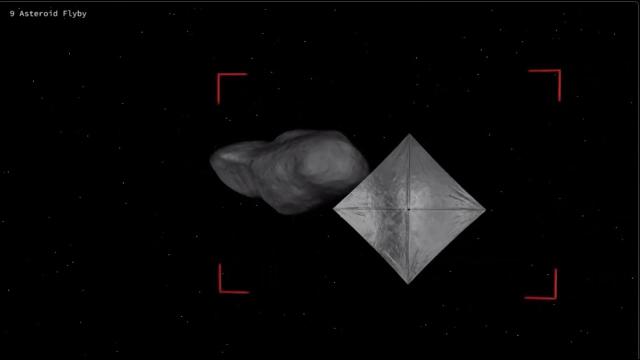
Near-Earth Asteroid Scout to launch on NASA Artemis I mission
Added 276 Views / 0 LikesNASA's Near-Earth Asteroid (NEA) Scout is a CubeSat that will study a nearby space rock and test new solar sail technology. It will be a secondary payload for the Artemis I mission. Credit: NASA Marshall Space Flight Center
-
02:51

Space to Ground: Gulf Coast Splashdown: 08/07/2020
Added 234 Views / 0 LikesNASA's Space to Ground is your weekly update on what's happening aboard the International Space Station. Got a question or comment? Use #AskNASA to talk to us.Learn more about the important research being operated on Station:https://www.nasa.gov/iss-scien
-
1:52:19
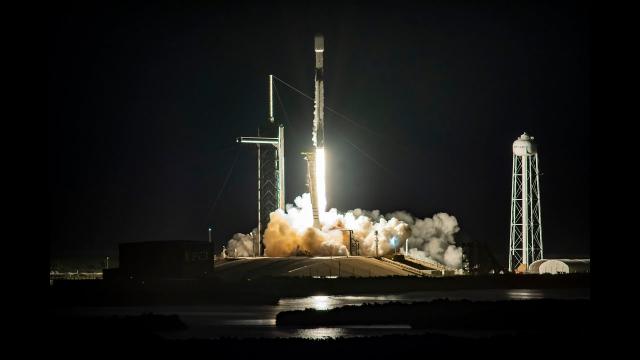
Starlink Mission
Added 258 Views / 0 LikesOn Friday, August 7 at 1:12 a.m. EDT, 5:12 UTC, SpaceX launched its tenth Starlink mission, which included 57 Starlink satellites and 2 satellites from BlackSky, a Spaceflight customer. Falcon 9 lifted off from Launch Complex 39A (LC-39A) at Kennedy Space
-
02:56
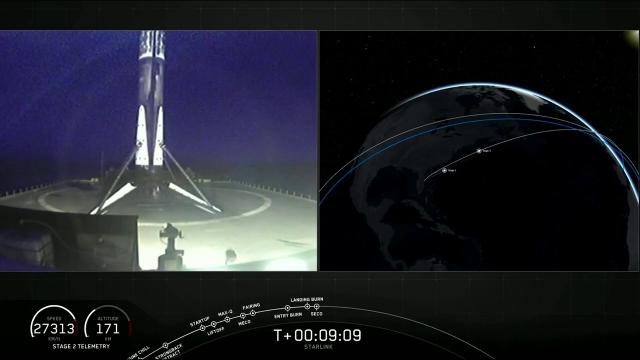
Touchdown! SpaceX lands rocket after launching Starlink and BlackSky satellites
Added 271 Views / 0 LikesSpaceX's Falcon 9 first stage landed on a drone ship in the Atlantic Ocean on July 7, 2020 shortly after launching 57 Starlink and 3 Blacksky satellites. Credit: SpaceX
-
03:46
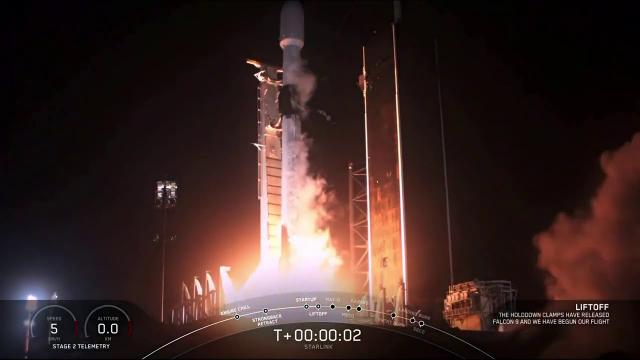
Blastoff! SpaceX launches 57 Starlink satellites, 2 BlackSky sats
Added 301 Views / 0 LikesSpaceX launched 57 Starlink satellites and ttwo BlackSky Global Earth-observing satellites atop a Falcon 9 rocket from Launch Complex 39A (LC-39A) at NASA's Kennedy Space Center on Aug. 7, 2020.Credit: SpaceX
-
09:33
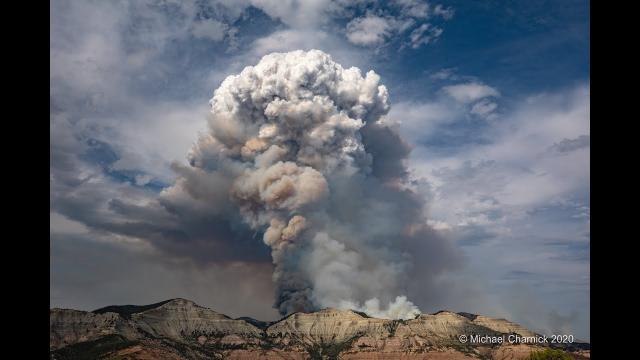
Wildfires! Power Outages! 3 Days of Severe Weather & all eyes on the Tropics & GOM August 16th+!
Added 252 Views / 0 LikesEnjoy this "lull" in the weather.It'll probably start getting exciting & dangerous againin about 10 days. God bless everyone,T LEWISON5430 BIRDWOOD RD. #416HOUSTON TEXAS 77096https://www.paypal.me/THORnewshttps://venmo.com/TEric-Lewison$THORnews on CashAp
-
01:01
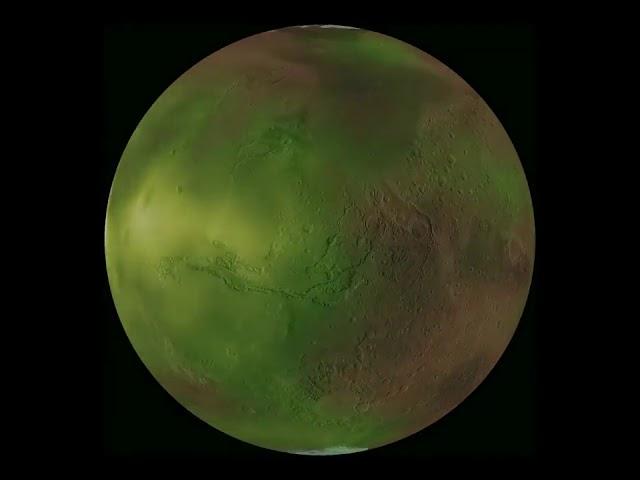
Martian 'nightglow' visualized using NASA spacecraft data
Added 263 Views / 0 LikesNASA's Mars Atmosphere and Volatile EvolutioN (MAVEN) mission captured data on the Red Planet's ultraviolet "nightglow." This phenomena in shown using green-to-white false color in this visualization above a rotating "simulated view of the Mars globe," ac
-
03:01
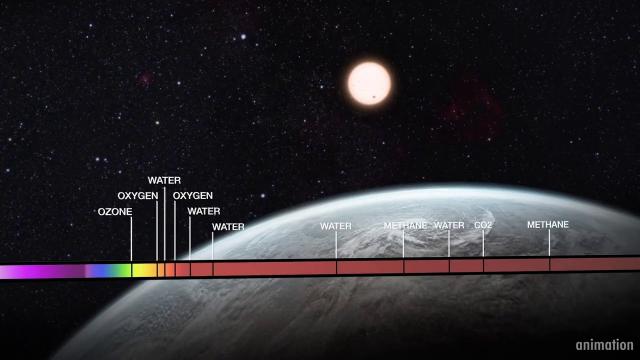
Hubble detected Earth's ozone during lunar eclipse
Added 283 Views / 0 LikesThe Hubble Space Telescope detected Earth's ozone during the lunar eclipse of June 2019 using the "moon as a mirror," according to NASA's Goddard Space Flight Center. This method could be used to search for signs of life on other planets. Full Story:(http
-
01:26
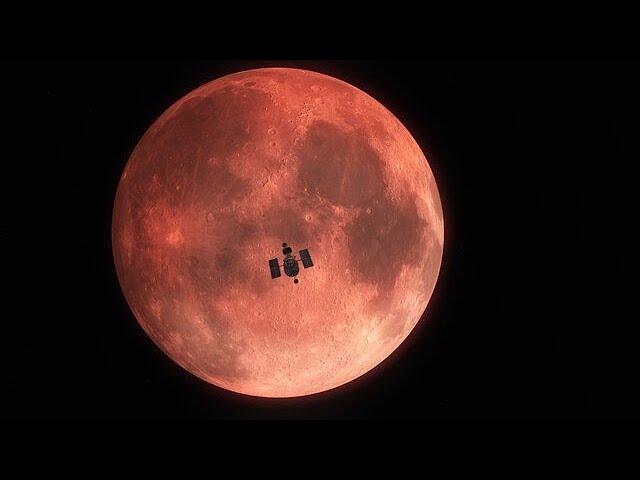
Hubblecast 130 Light: Hubble Studies the Earth during a Total Lunar Eclipse
Added 292 Views / 0 LikesTaking advantage of a total lunar eclipse in January 2019, astronomers using the NASA/ESA Hubble Space Telescope have measured the amount of ozone in Earth’s atmosphere. This method serves as a proxy for how they will observe Earth-like planets around oth
-
00:37
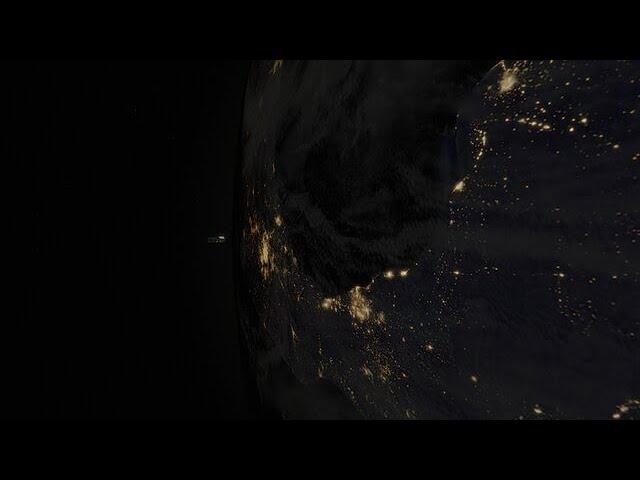
Hubble Observes the Total Lunar Eclipse (Artist’s Impression)
Added 293 Views / 0 LikesTaking advantage of a total lunar eclipse in January 2019, astronomers using the NASA/ESA Hubble Space Telescope have measured the amount of ozone in Earth’s atmosphere. This method serves as a proxy for how they will observe Earth-like planets around oth
-
01:08
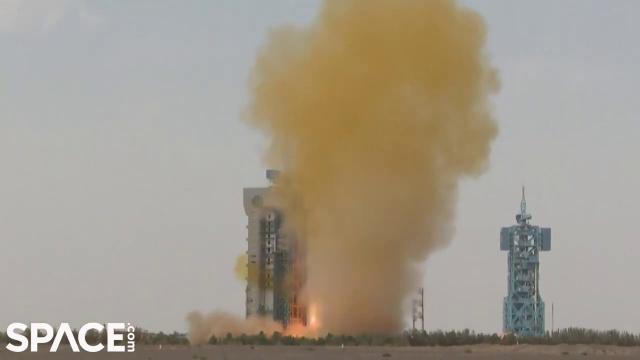
China launches Gaofen-9 04 optical remote-sensing satellite
Added 258 Views / 0 LikesChina's Long March-2D rocket launched the Gaofen-9 04 optical remote-sensing satellite from the Jiuquan Satellite Launch Center on Aug. 6, 2020. Credit: Space.com / footage courtesy: China Central Television (CCTV) / produced & edited by [Steve Spaleta](h
-
03:49
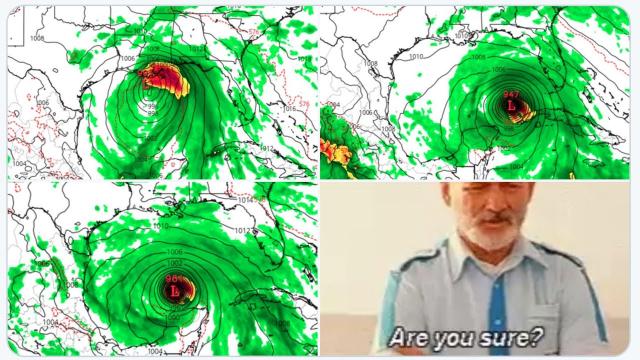
Red Alert! The Next USA Landfalling Hurricane is probably on August 20th. Florida or TX LA MS AL
Added 240 Views / 0 LikesCrystal River, Florida would be my specific guess but at this point no one really knows for sure. Prepare for the Worst & Plan for the best.God bless everyone,T LEWISON5430 BIRDWOOD RD. #416HOUSTON TEXAS 77096https://www.paypal.me/THORnewshttps://venmo.co
-
04:37
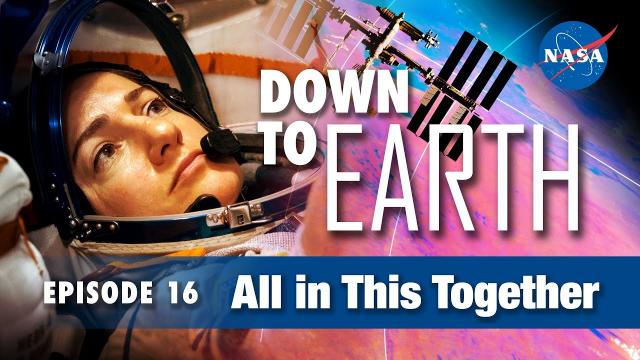
Down to Earth – All in This Together
Added 144 Views / 0 LikesIn this episode of Down to Earth – All in This Together, NASA Astronaut Jessica Meir recalls her recent time living and working aboard the International Space Station, “I never appreciated how fragile and beautiful and special the Earth was… we have one p

